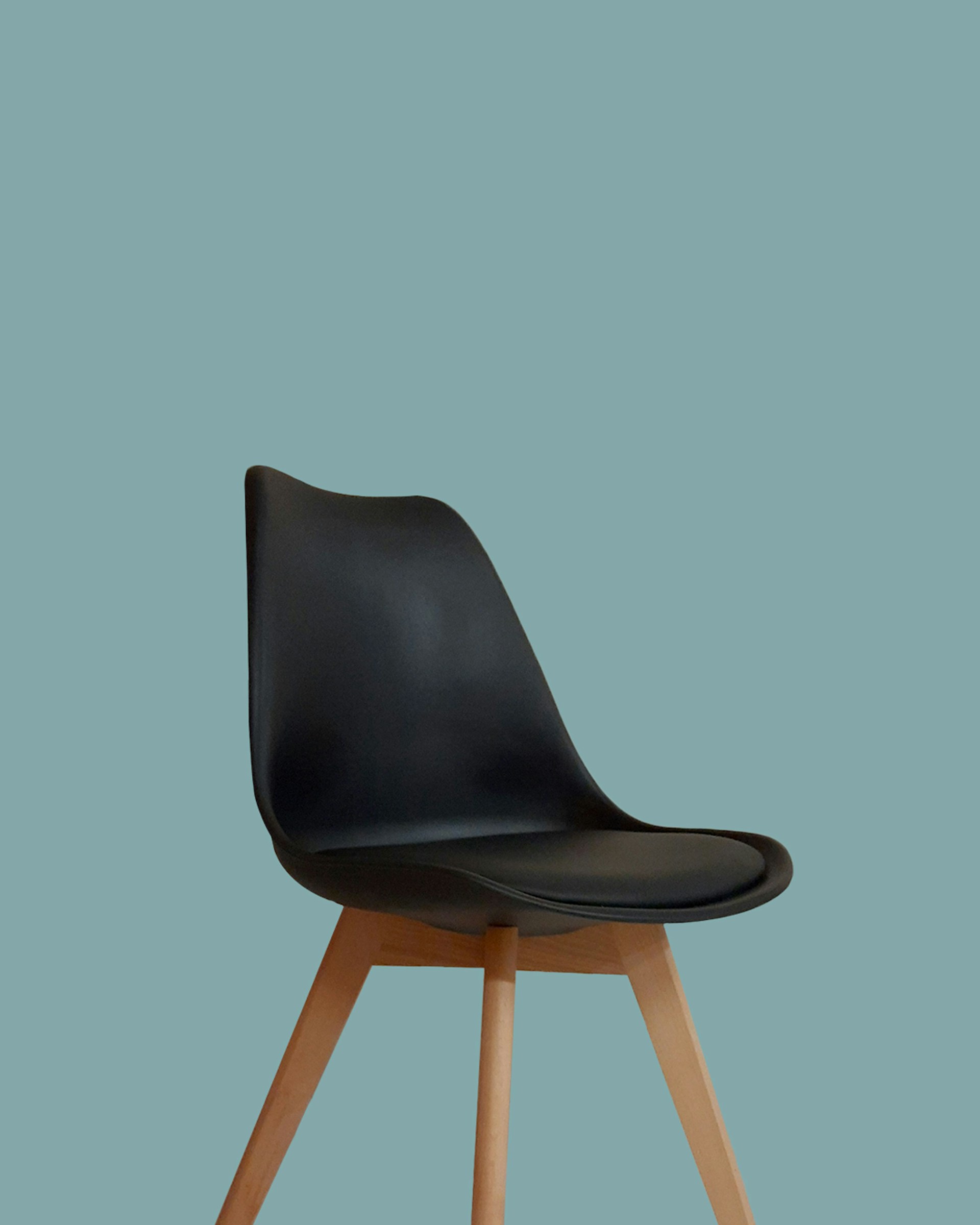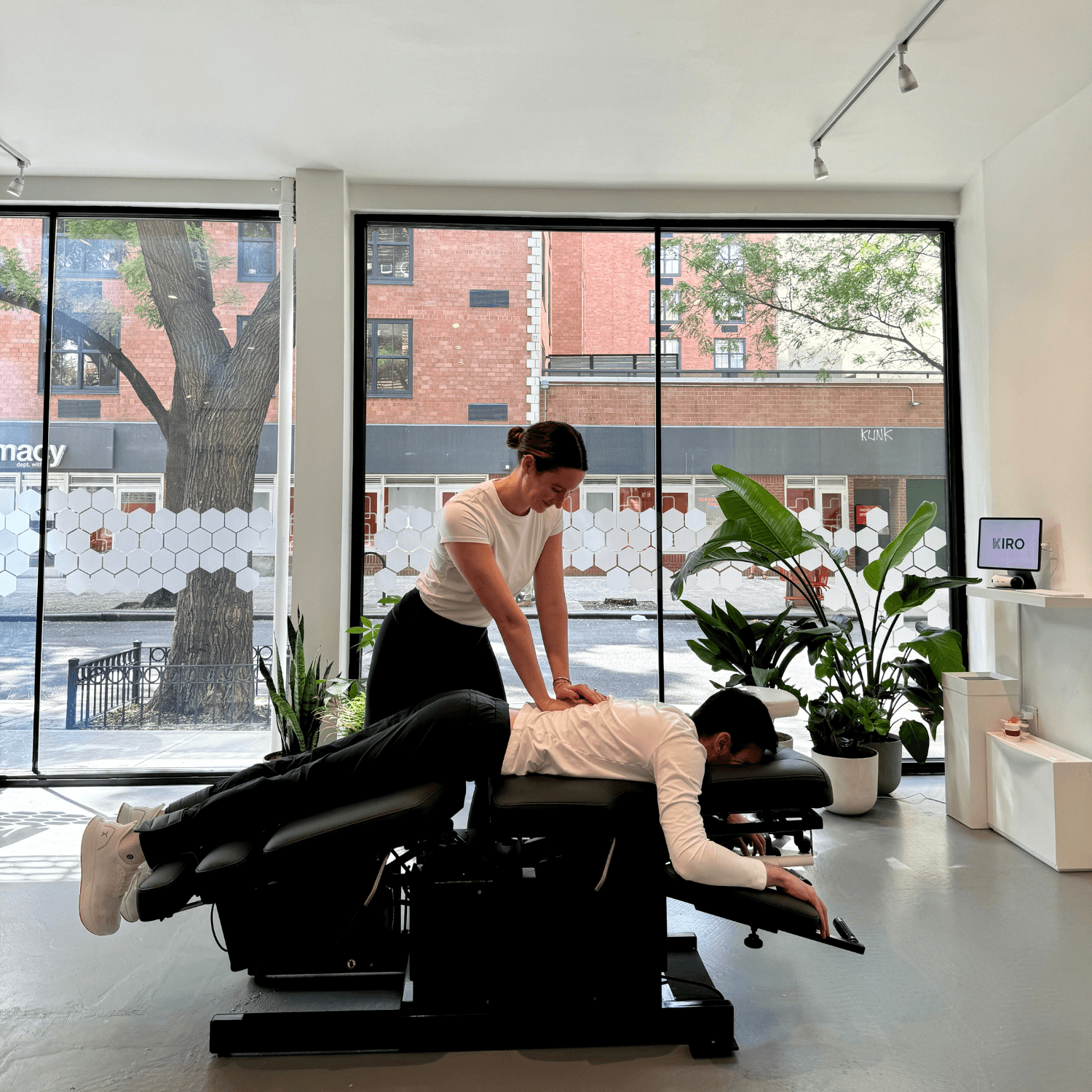The Hidden Perils of Sitting: How Chairs Impact Your Health
May 26, 2024
chairs are everywhere—at work, at home, and even during our commute. While they offer a comfortable way to rest, chairs are silently contributing to numerous health issues, particularly for those with active lifestyles.
The Sitting Disease
Sitting for prolonged periods is often referred to as "sitting disease," a term used to describe the myriad health problems associated with a sedentary lifestyle. Even if you exercise regularly, spending too much time sitting can negate many of the benefits of your physical activity. Issues such as poor posture, back pain, and reduced mobility are common among those who spend long hours in chairs.
Posture Problems
One of the primary issues with sitting is that it encourages poor posture. Most chairs do not support the natural curve of your spine, leading to slouching and misalignment. This misalignment can cause strain on your back, neck, and shoulders, leading to chronic pain and discomfort. According to Dr. Todd Small, Director at KIRO, “Maintaining proper posture is crucial for overall spinal health and can prevent long-term damage.”
Impact on Flexibility and Mobility
When you sit for extended periods, your hip flexors can become tight, reducing your flexibility and mobility. Tight hip flexors can lead to lower back pain and affect your performance in various physical activities, from running to yoga. This can be particularly concerning for athletes and urban professionals who rely on their physical capabilities.
Circulation Issues
Sitting for long durations can also hinder blood circulation, leading to swelling in the legs and an increased risk of developing deep vein thrombosis (DVT). Regular movement is essential for maintaining good circulation and preventing these potentially serious health issues.
Combatting the Effects of Sitting
While it’s challenging to avoid sitting entirely, there are several strategies you can employ to mitigate its negative effects:
Stand and Stretch: Make a habit of standing up and stretching every 30 minutes. This helps to relieve tension and promote better circulation.
Ergonomic Chairs: Invest in an ergonomic chair that supports the natural curve of your spine. Adjustable chairs can help you maintain proper posture throughout the day.
Exercise Regularly: Incorporate exercises that focus on strengthening your core and improving your posture. Activities like Pilates and yoga are particularly beneficial.
Use a Standing Desk: Alternating between sitting and standing while working can reduce the time you spend sitting and promote better posture.
Stay Active: Make a conscious effort to move more throughout the day. Simple actions like taking the stairs instead of the elevator or going for a walk during your lunch break can make a significant difference.
The Role of Chiropractic Care
Regular chiropractic care can help address the musculoskeletal issues caused by prolonged sitting. Chiropractors are skilled in identifying and correcting spinal misalignments and can provide personalized advice on maintaining proper posture and overall spinal health. At KIRO, we use the latest technology to ensure our clients receive the most effective treatments tailored to their needs.
Dr. Todd Small emphasizes, “Chiropractic adjustments can significantly improve your posture and relieve pain caused by prolonged sitting. It’s about enhancing your body’s natural ability to heal and function at its best.”
By incorporating these strategies and seeking regular chiropractic care, you can counteract the negative effects of sitting and maintain an active, pain-free lifestyle.


